June 30-July 1
Although the day was dreary as we traveled from Métis to Cap-aux-Os (Cape of Bones, from the whale bones that washed up there, we were told), the scenery was stunning: Hills, ocean, geology, waves, waterfall.
A walk in nearby Forillon National Park gave hope that the drizzle would stop.
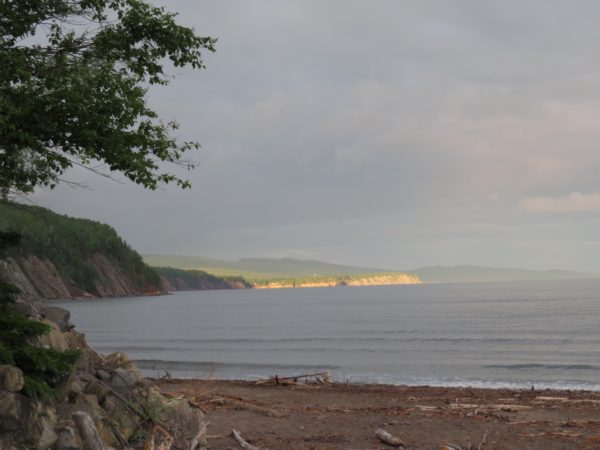 Cliffs along Forillon National Park.
Cliffs along Forillon National Park.
We visited the park the next day in gorgeous sunshine. Forillon is thought to have been named for a sea stack that has since collapsed into the sea. It was created in 1970 as Canada’s first national park.
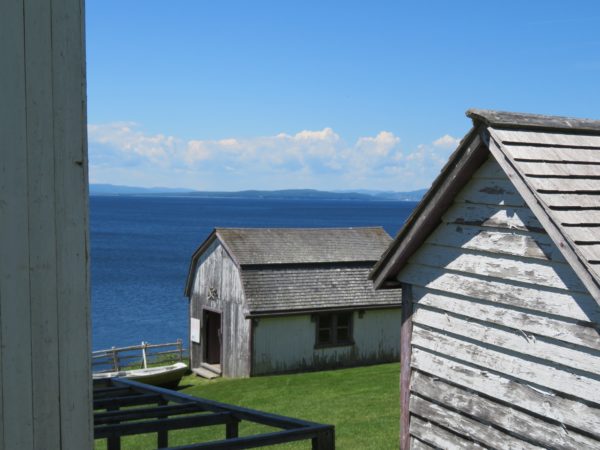 The Grande-Grave National Heritage Site shows how residents of the area lived.
The Grande-Grave National Heritage Site shows how residents of the area lived.
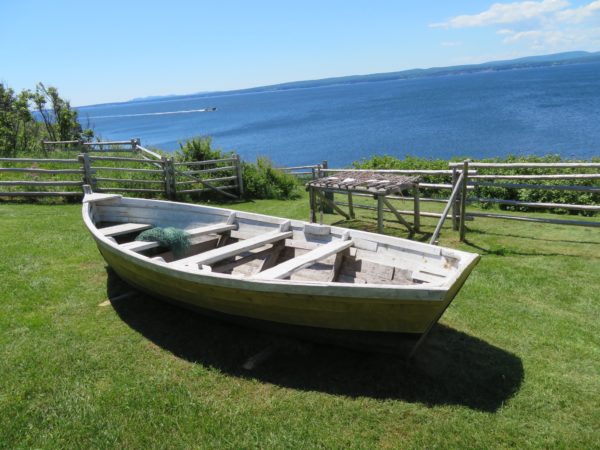 Most families fished for cod, salting it and drying it on racks or flakes. They grew vegetables and kept animals as well.
Most families fished for cod, salting it and drying it on racks or flakes. They grew vegetables and kept animals as well.
National Parks in Canada have interestingly-placed red chairs and visitors are invited to take their pictures and post them on social media. Is this social media?
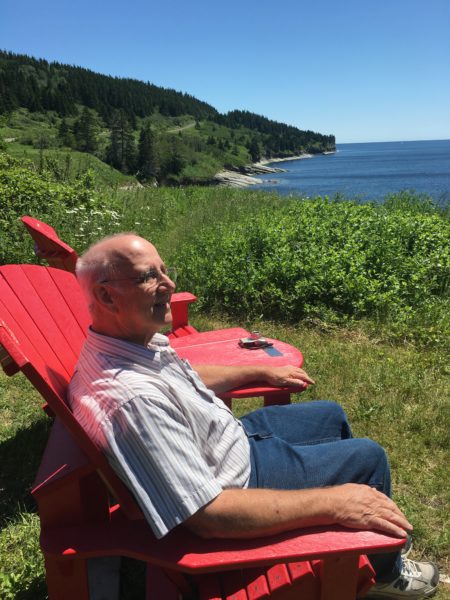 We thought it would be nice to have a picture together in the red chairs, and Jane used her best horrible high-school French to ask a young man passing by to help. Turns out he was from Palm Beach Gardens, just down the road from Fort Pierce, and had just started a trek of the extended Appalachian Trail (from Forillon all the way to northern Alabama).
We thought it would be nice to have a picture together in the red chairs, and Jane used her best horrible high-school French to ask a young man passing by to help. Turns out he was from Palm Beach Gardens, just down the road from Fort Pierce, and had just started a trek of the extended Appalachian Trail (from Forillon all the way to northern Alabama).
We picnicked beside a couple who struck up a conversation with us toward the end of our respective meals. They both grew up in the area–she actually lived in the park as a child and remembers when her family’s property was acquired for the park. Dave and I visited the Dolbel-Roberts heritage site–a house containing archives of the acquisition including family photographs audio records of former residents. Families were paid as little as $25 an acre.
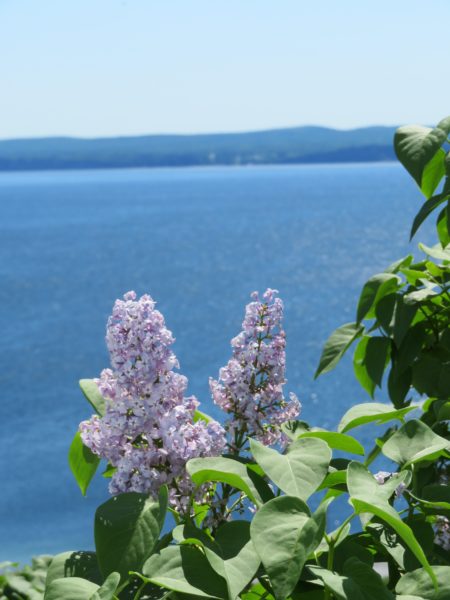 Lilacs in front of the Dolbel-Roberts House.
Lilacs in front of the Dolbel-Roberts House.
A 17-meter waterfall toward the interior of the park offered a different environment.
To close out our day and our visit to Forillon, we took an interpretive trail around the Visitor Center.
Porcupine munching weeds.
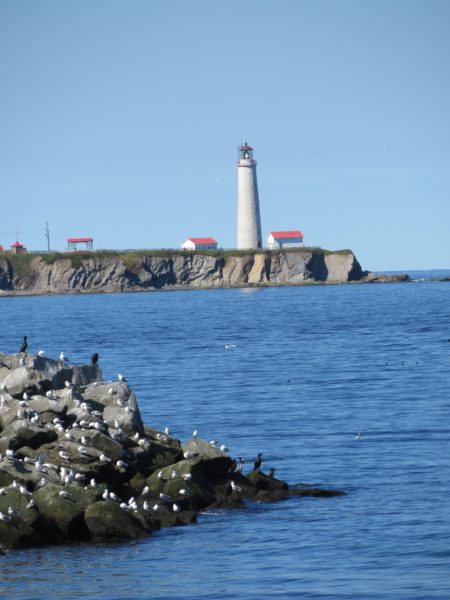 Lighthouse Cap-Gaspé from the trail at the Visitor Center.
Lighthouse Cap-Gaspé from the trail at the Visitor Center.
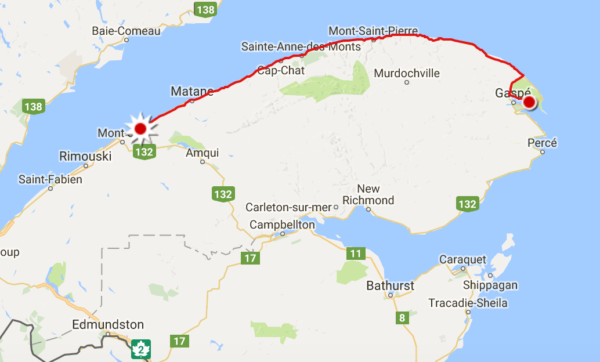
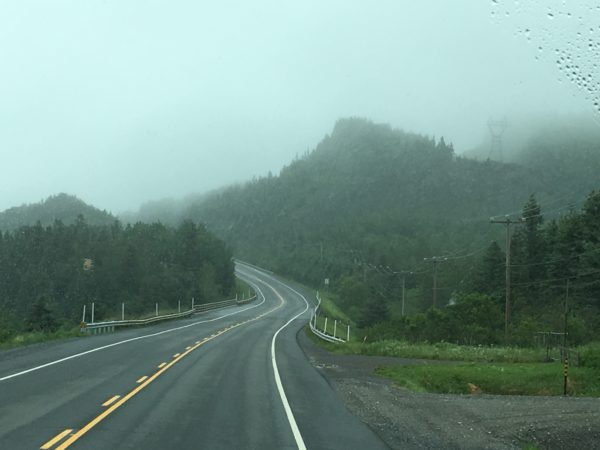
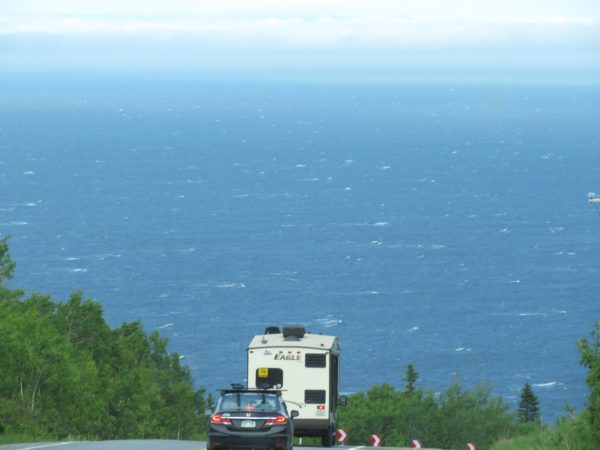

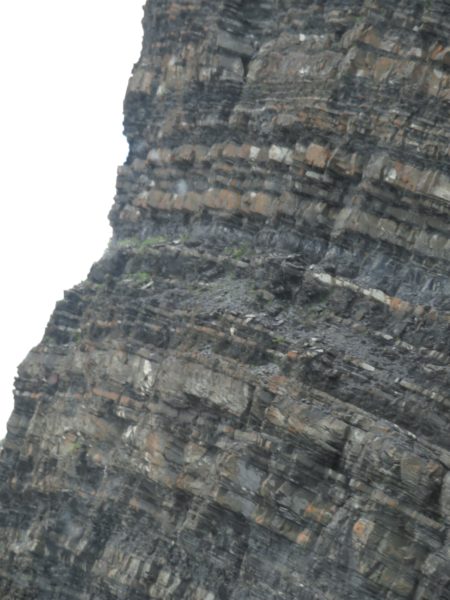
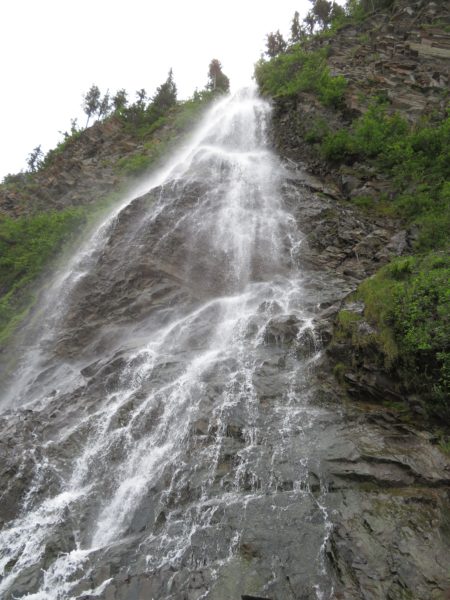
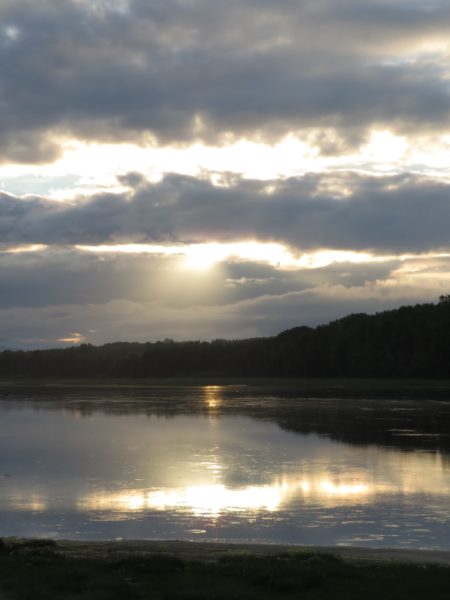
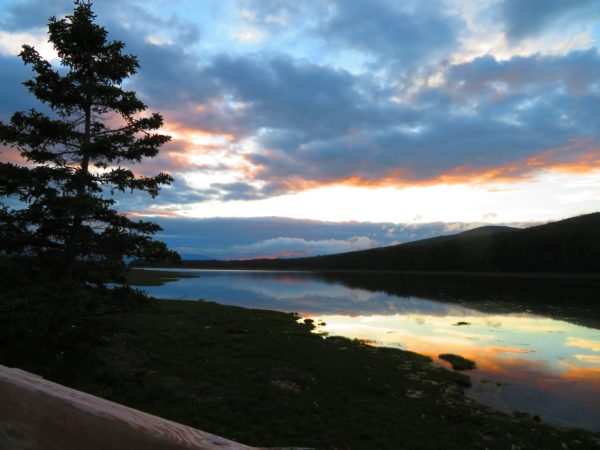
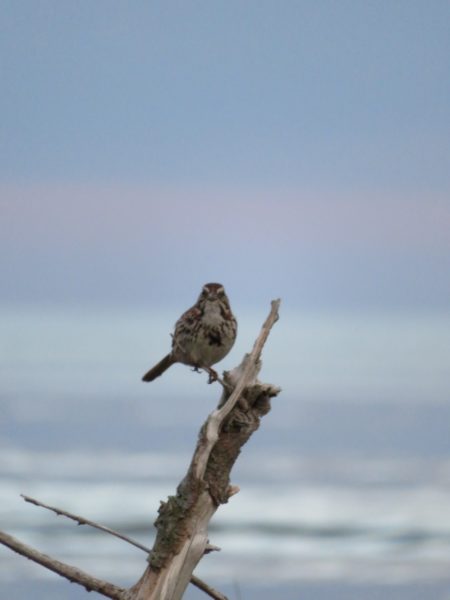
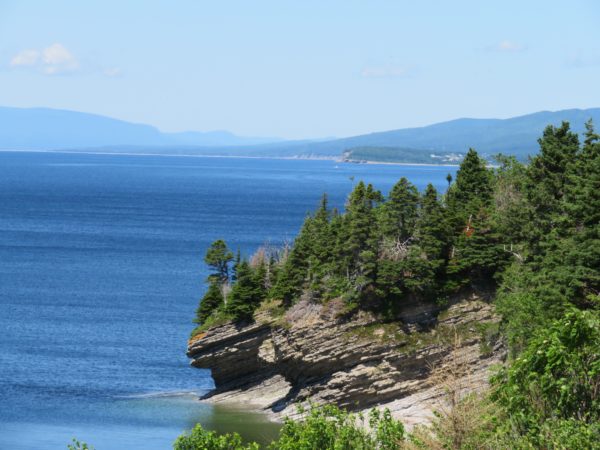
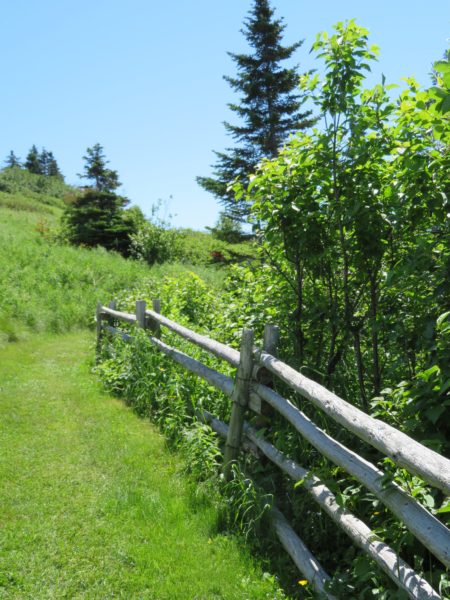
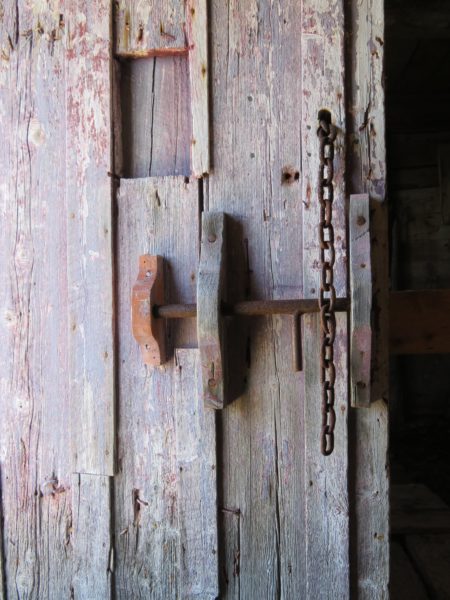

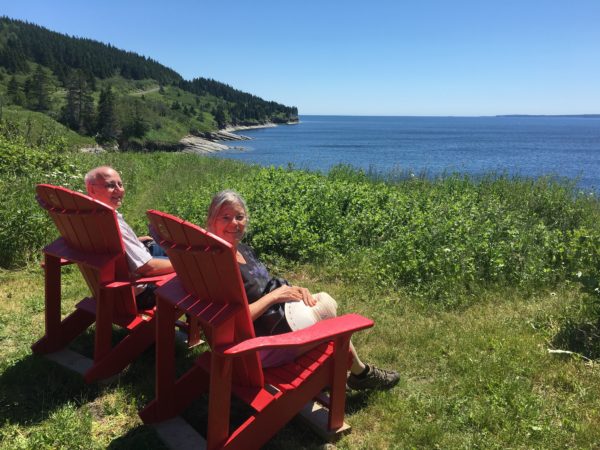
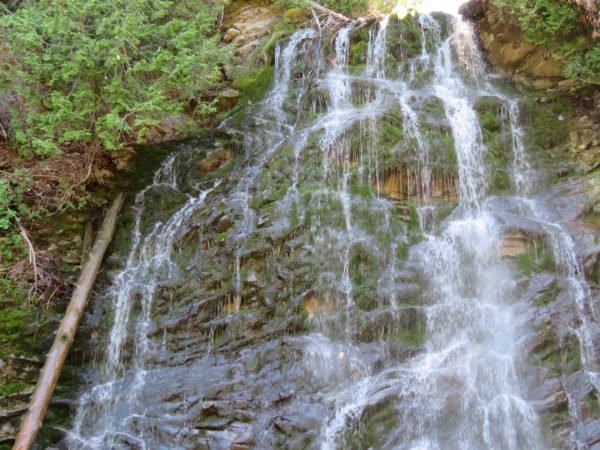
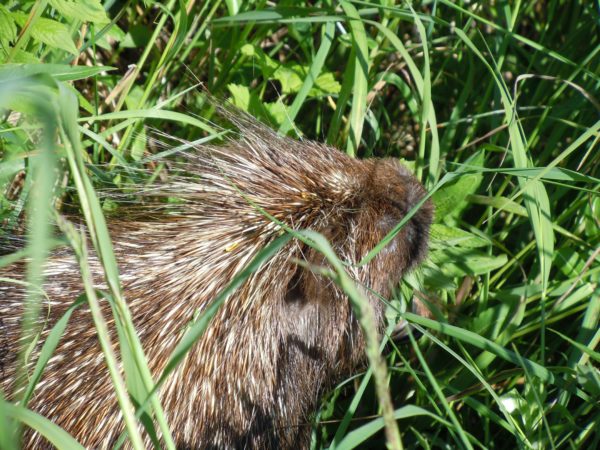
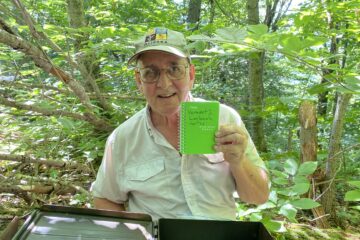
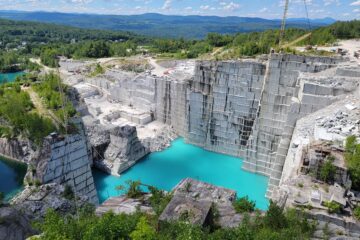
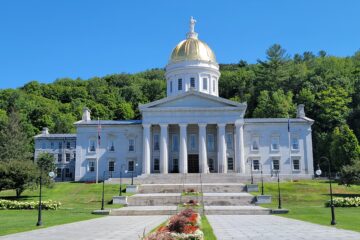
0 Comments